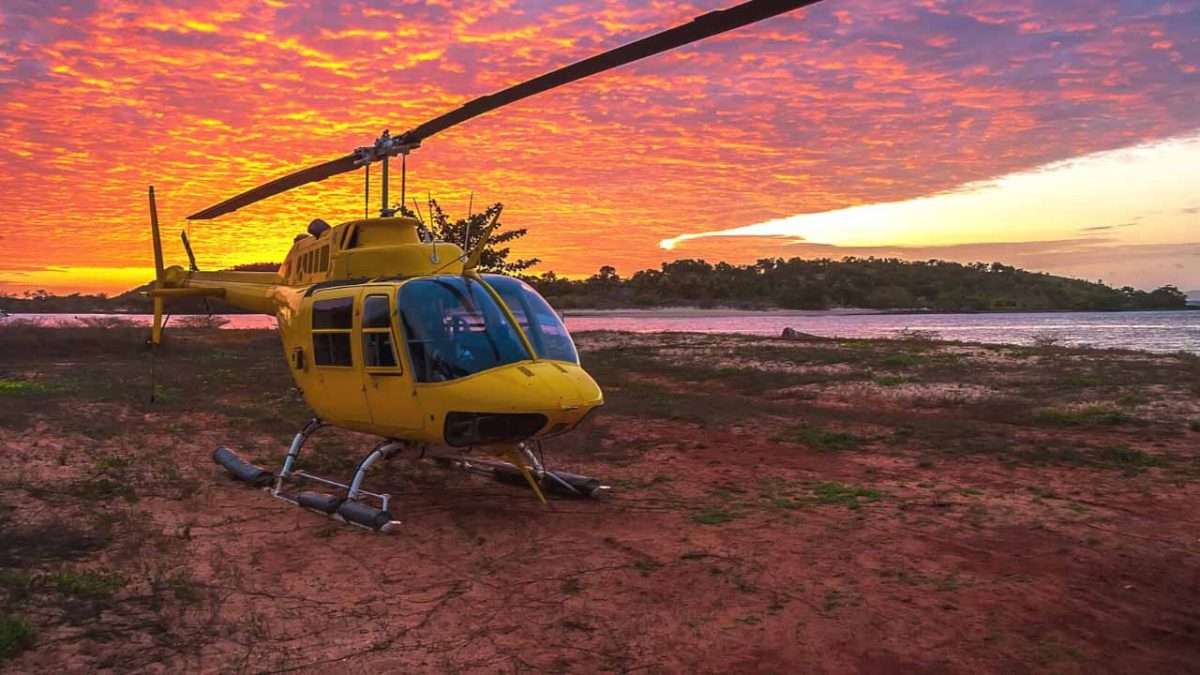Although not an everyday asset (for most people), aircraft are high-flying tickets in asset finance. In the next installment of our Assets in the Spotlight series, Nodifi details aircraft finance.
Key Takeaways
- Lenders need to know how clients propose generating income from the asset
- Typically, rates fall into commercial asset products
- Sourcing aircraft can be done at auctions, imported or through traditional dealers
- When assessing aircraft finance, lenders may need to enlist third-party help (at vendor’s / purchaser’s expense)
- Settlements require maintenance schedules and documentation from CASA (Civil Aviation Safety Authority)
Aircraft finance in a nutshell
As aircraft are high value tickets, it’s typical to see commercial clients in the tourism or agricultural sectors looking to purchase these assets.
For example, a helicopter used for sightseeing operations and crop surveillance / spraying duties. In other words, being used for multiple applications.
Other aircraft applications
- Feral animal control
- Cattle herding
- Off-shore oil rig shuttling
- FIFO transport
- Photography / site surveying
Due to the large price and loan amount associated with aircraft, submissions need to detail the proposed use of the asset including the proposed number of hours. Furthermore, lenders need to know how it will generate income and how the client intends to keep the maintenance up to date. Without airworthiness, these assets can attract large maintenance and storage costs.
Firstly, the all important rates
Rates are dependent on the client’s profile. Commercial rates start from 2.85%, however, Nodifi is able to negotiate lower rates for large ticket lends. Aircraft commonly fall into this category.
New vs used
Aircraft, like other assets, can be purchased from authorised dealers and brokers.
Aircraft ‘mileage’ is commonly measured in airframe hours and engine hours. Measuring kilometres travelled like cars, would result in huge numbers.
Airframe hours: the number of hours the aircraft has been in flight.
Engine hours: the number of hours the engine (or engines) have been used. Engine life is a major factor in determining value. Piston engines have a life limit typically between 1,500 and 200 hours and for turbine engines, it’s from 2,500 hours to 5,000 hours.
Some aircraft have flight cycles which indicate the number of times it has taken off and landed. One flight from take off to landing is equal to one flight cycle.
It’s common to find aircraft listed in US dollars as a large number are imported from the United States. These can be new and used examples, despite being located within Australia.
Auctions
Due to the low number of aircraft stock, auctions are a common form of sale.
Typically, Nodifi is able to assist clients looking to purchase aircraft through auctions.
Restoration
Although uncommon, some clients opt to restore an older aircraft. This is often through a personal loan.
Documents and information
During the assessment stage of the application, lenders typically take the following into consideration:
- Timing and funding of major overhauls. Lenders need to know when the next overhaul is due and means of funding.
- Operating costs and the number of hours that the customer plans on using the aircraft each year.
- Possibly a panel of valuers / assessors will need to be engaged at vendor and / or purchasers expense.
- Depending on circumstances, the Cape Town Treaty standards may be applied attracting external legal advice at the expense of vendor and / or purchaser
The Cape Town Treaty of 2001 (effective of 2006) standardised the purchase of movable equipment which includes aircraft.
Settlement documentation
- Maintenance Release. This details the maintenance and log book advising the pilot for each flight – aircraft cannot fly without a valid maintenance release.
- Air Operator’s Certificate (if the aircraft will be used for commercial purposes). This shows authorisation to undertake the proposed work.
- Aircraft log book
- Certificate of airworthiness (issued by CASA)
- Registration documents for the aircraft
- Details of debts incurred or outstanding against an aircraft which could include landing fees or hangar charges
Clients should expect longer turnaround times due to the documentation, inspections and lender requirements.
Aircraft finance in summary
Adding large ticket items like aircraft to your list of offerings can show expertise and abilities, even if your clients aren’t often in the market for them.
The Nodifi team is here to help. Feel free to talk to your relationship manager today should you have any questions about aircraft finance.




